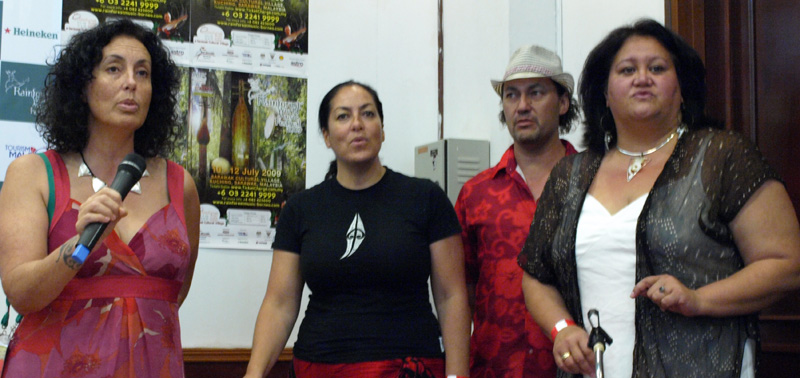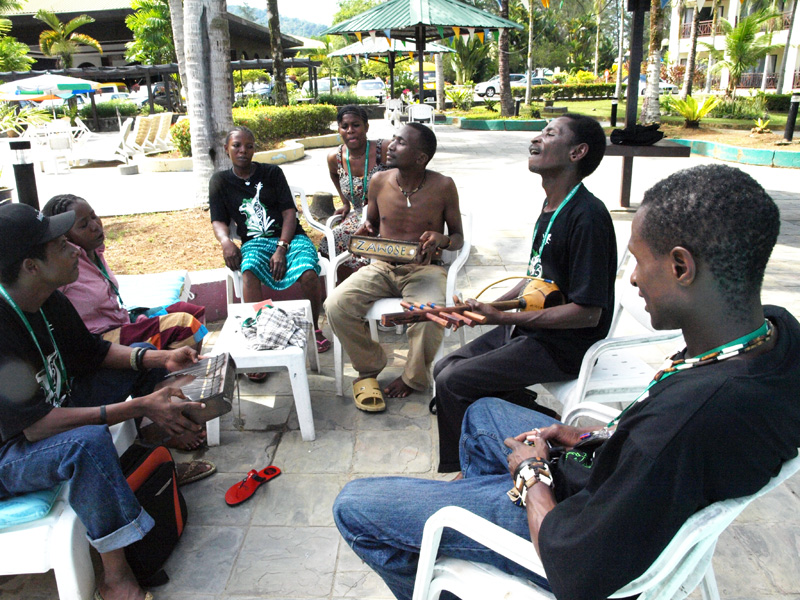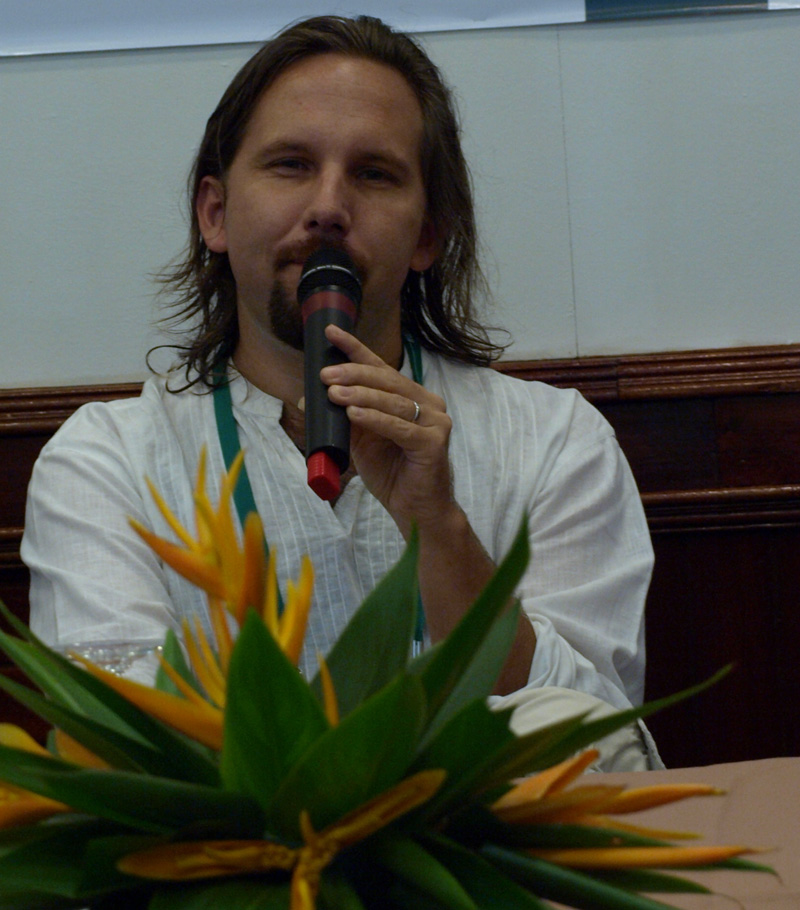Put on your jazzy hat and head far south, far east of Tasmania to celebrate 25 years of jazz in Clarence. Festival buzzes from Wednesday 17 February 2021 for five days. By Mallika Naguran
The Clarence Jazz Festival is one of Tasmania’s most awaited musical events, held at Hobart’s Eastern Shore during summer.
Kartanya Maynard kicks off Clarence Jazz Festival 2021 at piyura kitina with a quartet
This year and for the first time, mostly Tasmanian artistes come before the bright stage lights, due to pandemic-related travel restrictions on international, even inter-state travel (although Tasmania has been COVID-19 free for some months).
Clarence Jazz Festival 2021 amps up diversity vibes (opening ceremony on the evening of Wednesday 17 February at sacred land piyura kitina or Risdon Cove; Kartanya Maynard Quartet (Wednesday 17 February evening); Arabic fusion McEntee & Mira (Friday 19 February 2215h at the Jazz Lounge); afrobeat and very danceable, bobbable Baba Bruja (Saturday 20 February, 1900h);
It promises “boundary-pushing” jazz too with a line-up of new material and composition: Jason Whatley Quartet from Launceston (Friday 19 February 1700h at the Jazz Lounge); festival ambassador Kelly Ottoway’s Keys Supergroup (Saturday 20 February, 2030h); Konrad Park’s masterclass/showcase of the Chapman Stick—a ten-string instrument… just to mention a few.
Masterclass with StickRad (Konrad Park) at Clarence Jazz Festival 2021 features new sounds with the ‘stick’
There’s Twilight Series involving winery visit (Thursday 18 February) and seaside park (Sunday 21 February); and a Big Day at Kangaroo Bay for all day and night musical experience on Saturday 20 February. Drink and dance to your heart’s delight!
Check out a few highlights below. Detailed shows could be found within the downloadable programme.
Ticketed Concerts
Inside the Jazz Lounge, an intimate cabaret venue within Rosny Barn, there will be a series of premium ticketed concerts for the Clarence Jazz Festival 2021 featuring a stellar line-up of Tasmanian musicians. Jazz Lounge at Rosny Barn
~ Friday Session 1: Jason Whatley Quintet + Susannah Coleman Brown Quartet ~ Friday Session 2: Spike Mason Quartet + McEntee & Mira ~ The Gus Leighton Quartet ~ Liam & CO ~ Jamie Pregnell Quartet
Master Classes ($25 per session)
Learn from the jazz masters. Master classes are open to musicians of any level for an intensive 90 minutes of music within the beautiful sandstone walls of Rosny Barn.
~Billy Whitton - jazz guitar styles and blues fingerpicking
~Konrad Park ‘Stickrad’ – learn more about the unique Chapman Stick, how it is played and listen to a few original compositions
~Dan Sulzberger - Focusing on rhythm, harmony and melodic concepts
~Spike Mason on jazz improvisation. Yep, bring your instrument for this.
Pick up tips at Spike Mason’s jazz improvisation masterclass.
Book tickets at Clarence Jazz Festival.
Feel the excitement - connect to their FB to know what’s happening daily!






